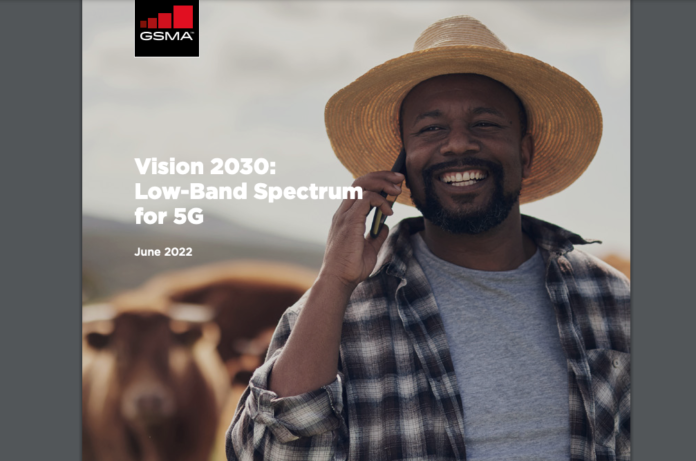
Low band spectrum needed for 5G by 2030
There is a world shortage of low-band spectrum the GSMA has warned, as it set out a 5G famine relief vision. This involves leasing a 600 MHz band to relieve the worst effected rural area. The new broadband could raise speeds by 50%.
Tough gigs
Analyst Scott Bicheno at Telecoms estimated that 7 Ghz is the effective amount of spectrum needed per market and that 5 GHz of that must be provided by millimetre-wave (mmWave) while operators offer enhanced mobile broadband (eMBB) in dense urban environments, fibre-like fixed-wireless access (FWA) and enterprise 5G. The other 2 GHz must come from mid-band spectrum and will underpin smart city services so that sectors like health and education can be properly digitised.
Informing
Spectrum’s a scarce resource but thoughtful allocation by regulators and governments could foster the development of competitive digital markets, according to Luciana Camargos, head of spectrum at the GSMA. The GSMA wants to inform these decisions to that spectrum authorities get the most valuable return on the investment that operators have sunk into 5G networks, an official GSMA statement said. “Today we are presenting the mobile industry’s vision for 2030 for these stakeholders and giving clear insights into the priorities for spectrum in a 5G world,” said Camargos.
Vision thing
The GSMA’S telco members are being briefed to prepare for next year’s World Radiocommunication Conference (WRC-23), run by the International Telecommunication Union’s in which different industries will greedily lobby for spectrum. “It’s a long process to re-allocate, auction and use new spectrum,” said Bicheo. This is long game. The effects of next year’s conference will be felt much later in the decade but the GSMA is fighting the crne for telcos who often can’t see beyond the next quarter. The GSM, however, is ready to present its vision for what 5G can achieve by 2030, given enough spectrum.


